Biological Research Microscopes
Biological microscopes are generally a type of optical microscope designed to observe cells, tissues, and other biological specimens. Multiple objective lenses can be attached for greater depth and range
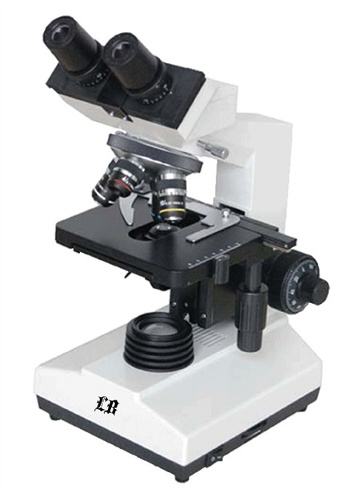 .
.
 Comparison Research Microscopes
Comparison Research Microscopes
Comparison scopes are used to analyze side-by-side specimens and consist of 2 scopes connected by an optical bridge, resulting in a split window enabling 2 objects to be viewed simultaneously.
Compound Digital Microscopes
Compound microscopes consist of structural and
optical components. Within these two basic systems, there are some essential
components that every microscopist should know and understand.
 Gemological Microscopes
Gemological Microscopes
Labomed Gemological microscopes offer crisp, high-resolution images and are equipped with eyepieces, zoom objectivity, brightfield and darkfield illumination, and two reflected light sources.
Geological Microscopes
Petrologists use Geological microscopes to determine the nature of rocks and minerals. Geological microscopes examine rock specimens mounted on thin section slides for precise investigation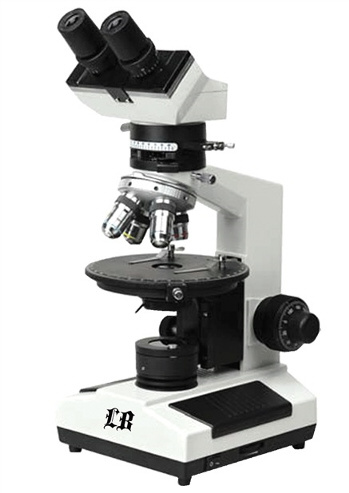
 Inverted Microscopes
Inverted Microscopes
Inverted microscopes are condensers on the top, above the stage pointing down, while the objectives and turret are below the stage pointing up and come with a rotating turret known as a nosepiece.
Medical Microscopes
Medical and clinical microscopes are ideal for medical applications, universities and health care for viewing bacteria and blood cells. These scopes contrast objectives to view minute particles.
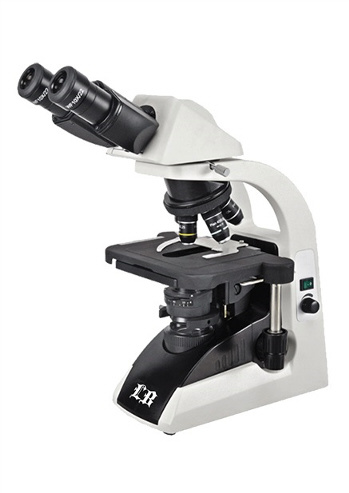
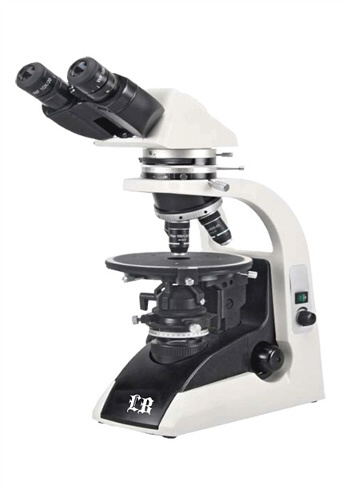
Metallurgical Microscopes
The surface of a metallographic specimen is prepared by various methods of grinding, polishing, and etching. Labomed Metallurgical microscopes analyze these surfaces using optical or electron microscopy.
Polarizing Microscopes
Scientists use Polarizing microscopes to convert natural light into polarized light. These illuminations are commonly used on birefringent samples which interact with samples to generate contrasting BGs.
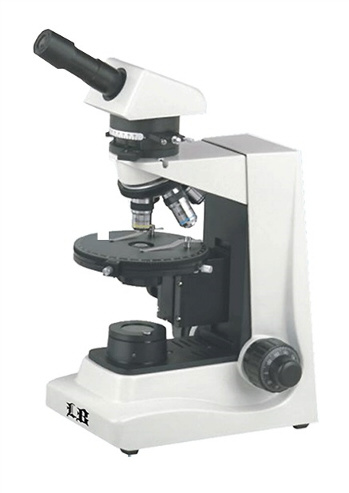
 Portable Microscopes
Portable Microscopes
Portable microscopes are used in the field where there is no electricity. They are commonly used by hobbyists and students to study plants, insects and other portable, moving specimens.
Surgical Microscopes
First used in neurosurgical procedures, Surgical microscopes are now heavily utilized in the surgical practice of ophthalmology, otolaryngology, plastic and reconstructive medicine, and urology.
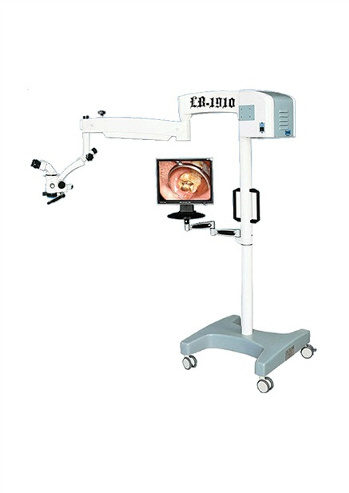
 Stereo Microscopes
Stereo Microscopes
Stereo or stereoscopic or dissecting microscopes are optical scopes for low magnification observation, typically using light reflected from the surface of an object rather than transmitted through.
Digital Cameras
Labomed Digital Cameras are used to capture
microscope images and display real-time live video on your PC screen. They come
with a built-in IR filter, user-friendly software,and microscope adapters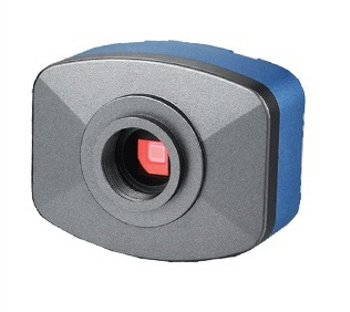 .
.
